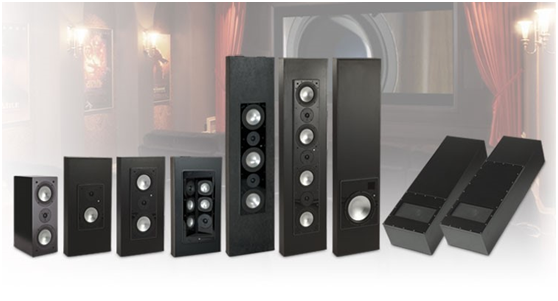
The difference in audio power is:
1. The sound is different:
The power determines the maximum sound intensity that the speaker can emit, and the perception is how powerful the sound of the louder speaker can be. The greater the power, the greater the sound effect of the speakers.
2. There are differences in power consumption:
The greater the power, the more power is consumed per hour, so the power of the speaker is an important reference data, and it is recommended to choose a moderate speaker power.
Extended information:
Speaker performance indicators:
The main performance indicators of the louder speaker are: sensitivity, frequency response, rated power, rated impedance, directivity, distortion and other parameters.
1. Rated power
(1) The power of the speaker is divided into the nominal power and the maximum power. Nominal power refers to rated power and undistorted power. It refers to the maximum input power allowed by the speaker in the rated non-distortion range. The power marked on the speaker's trademark and technical specification is the power value.
(2) The maximum power refers to the peak power that the speaker can withstand at a certain moment. In order to ensure the reliability of the speaker, the maximum power of the speaker is required to be 2 to 3 times the nominal power.
2. Rated impedance
The impedance of the speaker is generally related to the frequency. The rated impedance refers to the impedance measured from the speaker input when the audio frequency is 400Hz. It is generally 1.2 to 1.5 times the DC resistance of the voice coil. Common impedances of moving coil speakers are 4Ω, 8Ω, 16Ω, 32Ω, etc.
3. Frequency response
(1) When audio signals of the same voltage but different frequencies are applied to a speaker, the sound pressure produced by it will change. Generally, the sound pressure generated in the mid-range frequency is relatively high, while the sound pressure generated in the low-frequency range and high-range range is relatively small. The range of high and low frequencies when the sound pressure drops to a certain value of the mid-range is called the frequency response characteristic of the speaker.
(2) The ideal speaker frequency characteristic should be 20~20KHz, so that all audio can be reproduced evenly, but this is impossible. Each speaker can only reproduce a certain part of the audio well.
4. Distortion
(1) The phenomenon that the speaker cannot reproduce the original sound vividly is called distortion. There are two types of distortion: frequency distortion and nonlinear distortion. Frequency distortion is caused by the stronger playback of signals at certain frequencies and the weaker playback of signals at other frequencies. Distortion destroys the original high and low sound ratio and changes the original sound color.
(2) The non-linear distortion is caused by the lack of complete consistency between the vibration of the speaker vibration system and the fluctuation of the signal. A new frequency component is added to the output sound wave.
5. Pointing characteristics
It is used to characterize the sound pressure distribution characteristics of the louder speaker in various directions in space. The higher the frequency, the narrower the directivity, and the larger the cone, the stronger the directivity.